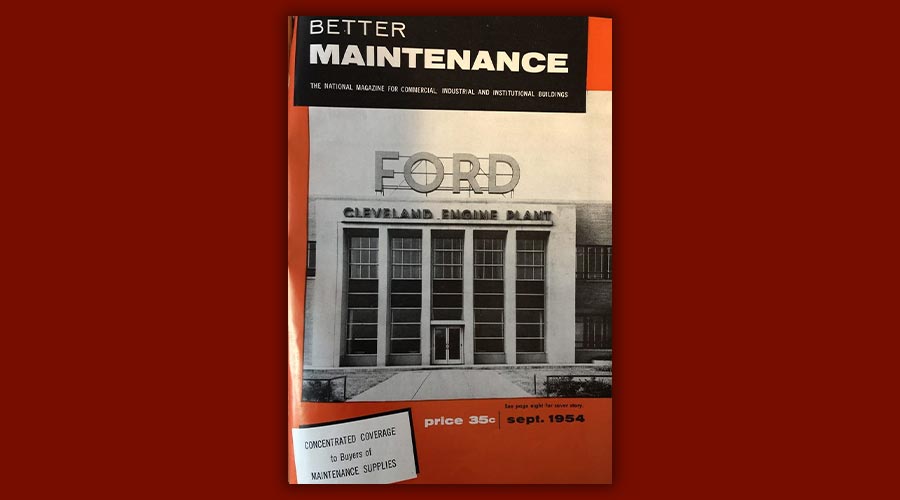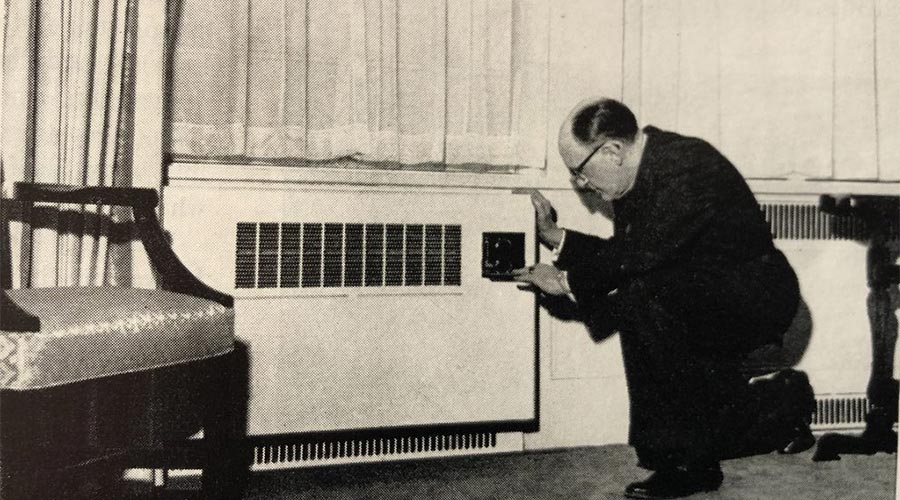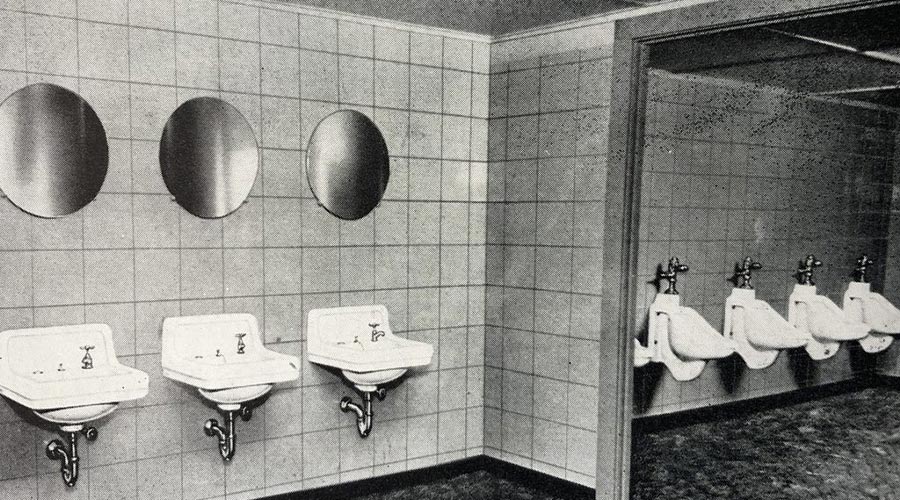Look Back: Facility Management in the 1950s
2/6/2024
In honor of Building Operating Management’s 70th anniversary, every month, FacilitiesNet is taking a look back at each of the seven decades since its start.
The 1950s was a burgeoning time for the United States. Nearly every year, construction began on new office buildings, hospitals and hotels. The Baby Boom led to a school building boom. By the end of the decade, there would be an estimated 40 million children attending the nation’s schools. With all these new buildings, there was a need for a facility manager and team to keep these facilities operating and looking pristine.
In addition, the abundance of new construction meant that older facilities needed to renovate their spaces in order to remain competitive to attract and keep tenants.
In 1954, Harry Apple, owner of Trade Press Publishing, saw an opportunity to capitalize on this facility market and in September of that year, he launched what would become “Building Operating Management” magazine.

Early articles of “Better Maintenance” — the original name of “Building Operating Management” — focused on boiler maintenance, the evolution of paint, roof repair, bird deterrents, floor care and more. Every issue included a facility profile — early coverage included highlighting the staff and operations at General Motors, the Chicago Veterans Research Hospital and the New York Stock Exchange to name a few.
Comfort of building occupants was important even then and the magazine addressed how the facility could impact occupant productivity for better or worse. The magazine ran articles covering the importance of quality drinking water and sound absorption in schools. Even advertisements focused on this aspect with a lighting manufacturer touting that “people who see better, work better...in an extra typewritten page per day [or] one less invoicing error every three days.”

Of course, the most effective way to please occupants is to manage the building’s temperature. In 1955, the most popular product was air conditioning and it topped the list of purchases facility managers were contemplating that year. In the 10 years since the end of World War II, use of air conditioning increased at a “phenomenal rate” thanks to reduced costs, more compact products, simplified operation and the “desire on the part of the American public for maximum living, working, and shopping comfort,” wrote F.J. Koehnen of the Airtemp Division of the Chrysler Corporation in a 1955 article.
After HVAC, the most common way to modernize older facilities was updating the restroom with abundant fluorescent lighting, new stainless-steel fixtures, recessed waste receptacles and wall-mounted sinks, commodes and urinals.
“Owners of office buildings with substandard washroom facilities will find it difficult to attract and hold desirable tenants,” wrote C.F. Craigie, Jr. of the Plumbing and Heating Industries Bureau in a 1957 article.

Facility maintenance and management was becoming a legitimate industry, worthy of recognition. Products directly consumed in maintenance operations and those being recommended for new plant construction or modification were estimated to be more than $1.4 billion annually. In another sign of legitimacy, the first International Sanitation Show and Conference took place in 1956 in New York, attracting 3,500 attendees. It was the largest gathering of maintenance professionals ever assembled up to that time. There were 17 education sessions and an exhibit hall of 62 exhibitors, including Trade Press Publishing with “Better Maintenance.”
In November 1957, the magazine changed its name to “Better Building Maintenance.” It was a slight change but showed that this industry was evolving. The facility manager was originally referred to as the “sanitation maintenance executive” but as the years went by, titles changed to vice president of building maintenance and building superintendent.
However, regardless of premier titles and sophisticated products, maintenance and facility operations were a necessary evil. Just like today, facility managers often struggled to get the necessary funding for capital projects and improvements.
“'Maintenance’ can be and frequently is a thankless job. It is considered generally to be a non-productive operation and funds are allocated to pay for it reluctantly and inadequate in amount...If the plant supervisor bases his operation upon sound principles and if he can demonstrate good use is being made of available time, manpower, tools and materials, he can live with himself and usually get along with the rest of the organization,” wrote Wallace A. Moyle, Supervisor University Buildings and Grounds for University of Connecticut in Storrs, Connecticut in a 1956 article.
Dan Weltin is the editor-in-chief for the facility market. He has more than 20 years of experience covering the facility management and related industries.